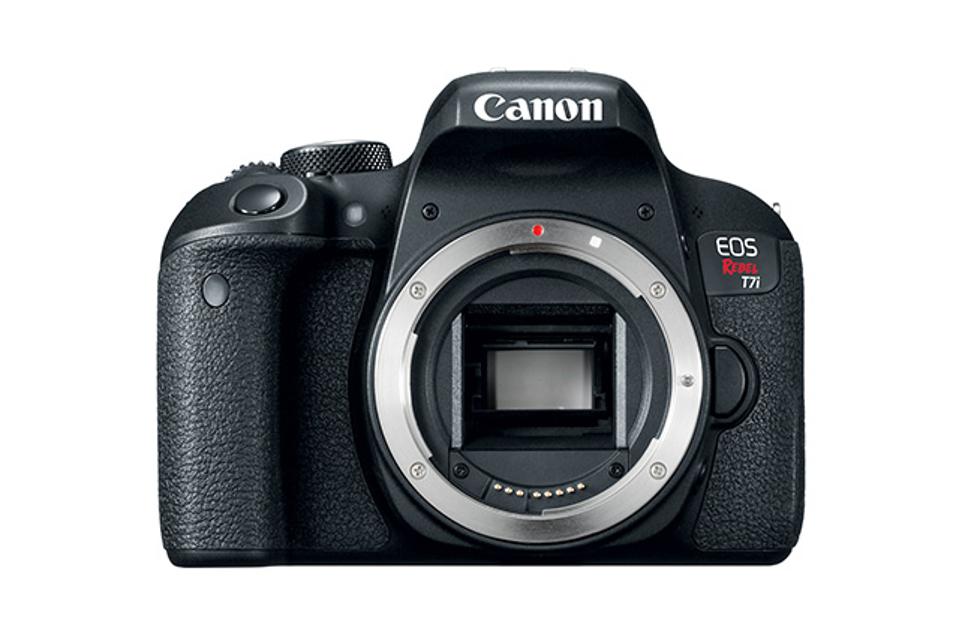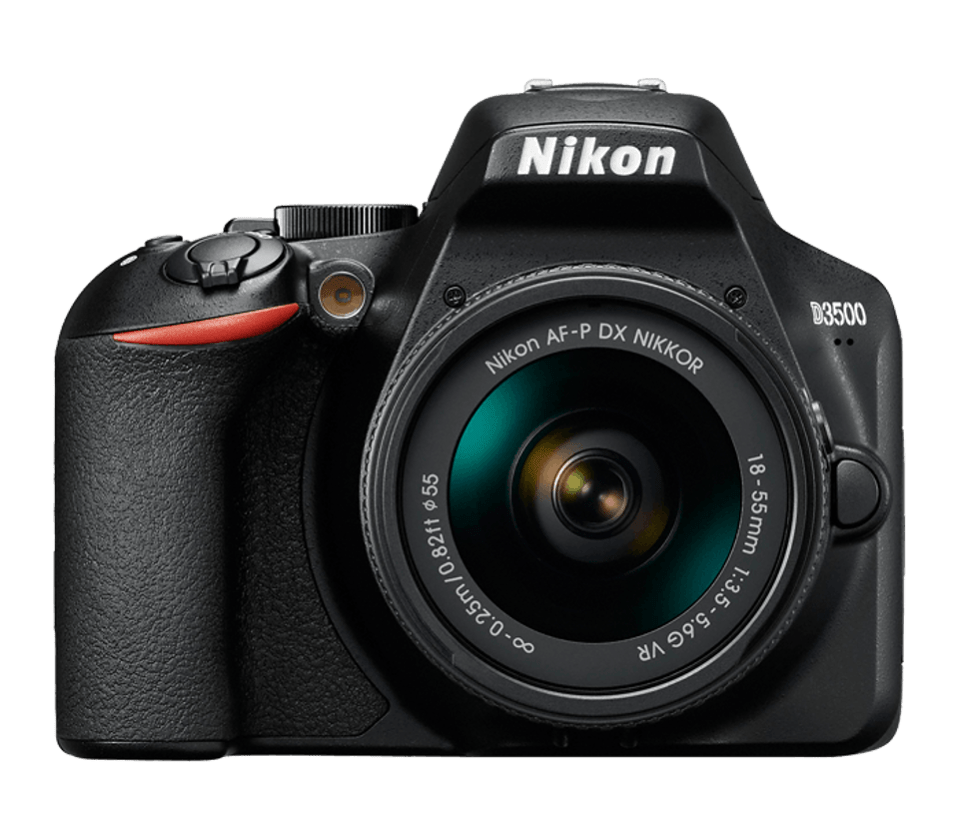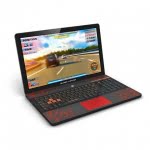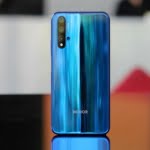This story was written in collaboration with Forbes Finds. Forbes Finds covers products we think you’ll love. Featured products are independently selected and linked to for your convenience. If you buy something using a link on this page, Forbes may receive a small share of that sale.
When you feel like you’ve outgrown that compact point-and-shoot camera in your backpack or are no longer satisfied with the images you’re getting from your smartphone, it’s time to step up to a DSLR. And you don’t need to spend huge sums on one to get something that offers impressive performance and image quality, plus enough features to handle your photographic needs.
Here are the best beginner DSLRs you can buy right now:
Contents
Nikon D3500

Nikon D3500
NIKON
The Nikon D3500’s 24.2-megapixel image sensor is one of the best on the market. Consequently, image quality is excellent. Cameras are about more than just a sensor, though. Other factors like ease of use, autofocus, build quality, screen quality, speed, and so on, also play a role. In all of these are areas the D3500 is equal to or better than its peers. The design is attractive, yet less rugged than I’d like. Manual control layout is logical and easy to use. I wish I could say the same about the digital menu. The camera’s LCD does not tilt or flip at all, and it’s not a touchscreen, making navigation harder than it needs to be. However, Guide Mode walks the first-time user through all the critical features in a way that makes everything easy to understand. Moreover, although the camera is equipped with Bluetooth, it is not Wi-Fi enabled and it doesn’t shoot 4K video.
Bottom line: Despite missing some advanced features, this camera is one of the best values in the DSLR market today.
Canon Rebel T7i

Canon Rebel EOS T7i
CANON
The Rebel T7i sits at the top of Canon’s entry-level EOS DSLR lineup. Sporting a 24.2-megapixel sensor that delivers improved performance over previous models, it delivers good photo and video quality. A 45-point autofocus system and continuous shooting speed of six frames-per-second make it ideal for live action photography. There’s also a newly designed graphic interface that’s easy to navigate. The absence of 4K video and the dull quality of the build materials are disappointing. Full HD 1080p video capture capability at 60 frames per second is standard.
Bottom line: The T7i is one of the more expensive options out there for entry-level users, but one of the best. Still, for a step up in photo quality or performance from a phone or compact, the Rebel T7i remains a great DSLR.
Pentax KP

Pentax KP
PENTAX
It’s easy to forget there’s still a third DSLR maker when Canon and Nikon offer so many options. However, Pentax’s KP is worth a closer look. It has a sturdy, weather-resistant body, an impressive 24-megapixel image sensor, and a sporty seven-frame-per-second continuous drive. Around the back, there’s a tilting LCD for oddly angled shots. Unfortunately, it’s not a touchscreen, so navigating the camera’s control menu is a little tough. Also, its autofocus is also a little slow. Even so, the overall image quality is impressive.
Bottom line: If build quality is at the top of your priorities and you have a bigger budget, don’t dismiss the Pentax KP. It’s a strong contender.
Nikon D5600

Nikon D5600
NIKON
The Nikon D5600 is very much a sum of its parts rather than having one single standout feature. There’s a high-resolution 24.2-megapixel image sensor, which produces very detailed images; an articulating touchscreen; a great lineup of native lenses; an excellent 39-point autofocus system; and a comfy handgrip. It doesn’t have extensive manual controls, though, so it takes a bit more time to set some options like exposure and shutter speed. Also, while other manufacturers are starting to offer 4K video capture as standard, Nikon has decided to stick with 1080p capture here.
Bottom line: The D5600 is one of the most well-rounded entry-level DSLRs available. Although the camera is pricey, it’s worthwhile given the quality and features.
Canon EOS Rebel SL3

Canon EOS Rebel SLJ
CANON
Canon’s smallest and lightest EOS camera, the Rebel SL3, sits just below the T7i in the company’s current DSLR lineup. It’s built around a 24.1-megapixel image sensor and DIGIC 8 image processor, a combination that allows the camera to take good quality pictures in a variety of lighting conditions. Although the SL3 has a sound autofocus system with eye detection, it has only nine phase-detection autofocus points, fewer than most of its peers. There are enough features to allow those interested in exploring all facets of photography—while learning about fundamentals such as shutter speed, aperture, and depth-of-field via the onboard help system. Vloggers will like this camera thanks to its side-hinged, fully articulated touchscreen, and there’s a 3.5-mm microphone jack. The touchscreen is very responsive and fully functional—you can touch it to focus and scroll through menus, select settings, and swipe through images in playback.
Bottom line: With the Canon EOS Rebel SL3, photographers get the basics in a tried-and-true form factor with a solid—if not overly sophisticated—set of features. And, thanks to its guided menu and built-in help feature, the SL3 is an excellent learning tool.
[“source=forbes”]










